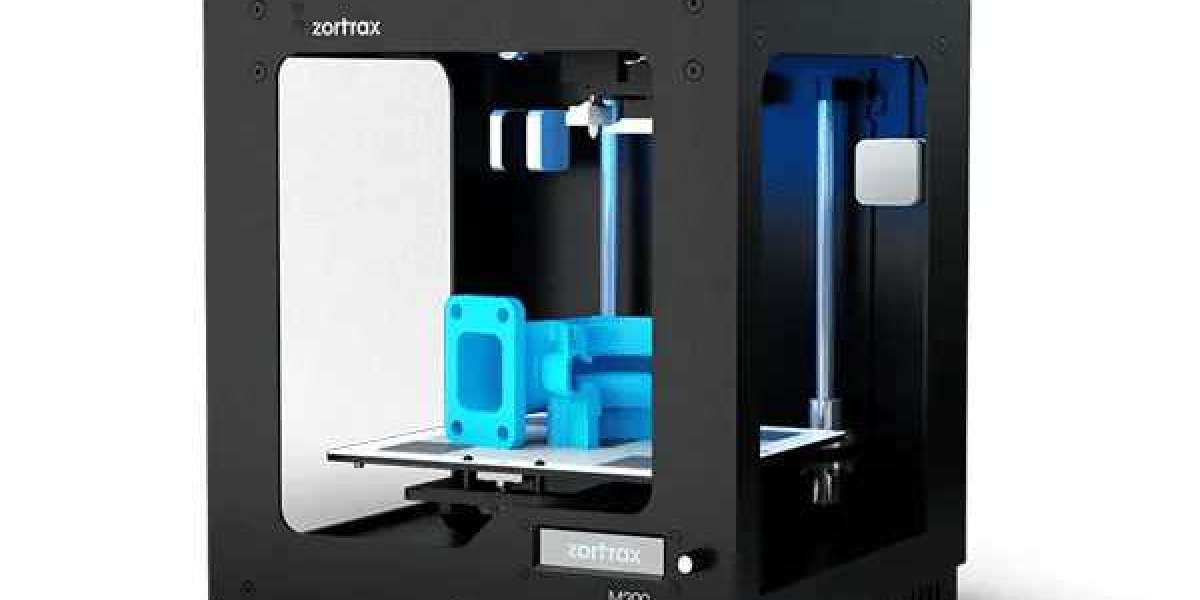FDM 3D printer as a kind of equipment widely used in manufacturing, medical, education and other fields, its stability and reliability directly affect the production efficiency and product quality. Therefore, it is of great significance to make effective fault prediction and maintenance plan for reducing equipment failure and improving operation efficiency.
Failure prediction
Temperature instability: FDM 3D printers need to maintain a stable temperature when working, and if the temperature fluctuations are large, it may cause the extruder to stop working or the print quality to decline. By monitoring temperature changes while printing, potential problems can be detected in advance.
Motor lost step: printing speed is too fast or the current is too large or too small may cause the motor to lose step, which affects the printing accuracy. By adjusting the printing speed and motor current, such failures can be effectively prevented.
Nozzle blockage: Nozzle blockage is one of the common faults, usually caused by material impurities or carbide accumulation. Regular inspection and cleaning of the nozzle can effectively avoid clogging.
Uneven platform: Uneven platform will lead to the printing part can not be firmly bonded, affecting the print quality. Regular platform leveling is an important measure to ensure print quality.
Maintenance schedule
Daily maintenance:
Cleaning: Regularly wipe the printer body and glass platform with alcohol or a soft cloth to keep the equipment clean. Especially for moving parts, lubricating oil should be added regularly to prevent wear.
Check consumables: The unsealed consumables should be kept sealed to avoid moisture absorption. Regularly check whether the consumables have impurities or bubbles, and replace the inferior consumables in time.
Fastening parts: Periodically check whether fasteners in various parts of the printer are loose, and tighten nuts and bolts in time to ensure stable operation of the equipment.
Regular maintenance:
Sprinkler maintenance: Thoroughly clean the sprinkler head at least once a month, and use special tools to dredge the sprinkler head to ensure that the nozzle is unimpeded.
Platform leveling: The platform is leveled every 100 hours of printing to ensure that the platform levelness meets the printing requirements.
Motor inspection: Conduct a comprehensive inspection of the motor every quarter to adjust the line sequence and current to ensure the normal operation of the motor.
Sensor inspection: Regularly check whether the sensor is working properly. If there is damage or poor connection, it should be replaced or repaired in time.
Professional maintenance:
Fault diagnosis: When the printer fails, professional technicians should be contacted in time for inspection and maintenance. Avoid more serious damage caused by self-disassembly.
Replacement parts: For aging or damaged parts, the original parts should be replaced in time to ensure the stable performance of the printer.
System upgrade: Upgrade the printer software regularly, optimize printing parameters, and improve printing quality and efficiency.
By making a detailed fault prediction and maintenance plan, the failure rate of FDM 3D printer can be effectively reduced, and the use efficiency and printing quality of the equipment can be improved. At the same time, regular maintenance of the equipment can extend the service life of the equipment and bring greater economic benefits to enterprises and individuals.








